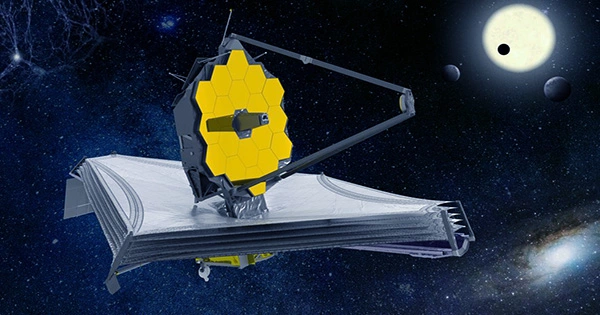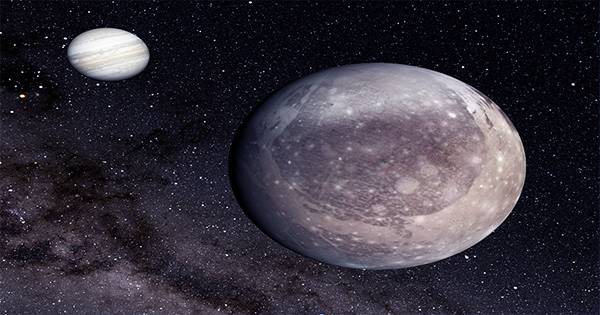The Earth’s core is leaking a rare isotope of helium gas that created during the Big Bang, providing a key clue as to how our planet initially came into being. Helium-3 is a primordial gas found mostly in solar nebulae, and its presence in the Earth’s core implies that our planet formed at the center of the cosmic dust cloud from which the Solar System arose. While helium-4 makes up the vast bulk of the helium on Earth, minor amounts of helium-3 have been discovered in volcanic rocks known as ocean island basalts (OABs).
Although the majority of helium-3 comes from the early beginnings of the cosmos, the isotope can also be formed by natural processes such as tritium radioactive decay, which is why scientists have never been able to pinpoint its source on Earth. This ambiguity fuels disputes over our planet’s origins, as the presence of these OABs, suggests that the Earth may have formed inside a solar nebula while also allowing room for speculation.
However, helium-3 has now been identified as escaping from the Earth’s core, primarily along with the mid-ocean ridge system, according to a new study published in the journal Geochemistry, Geophysics, Geosystems. High amounts of the isotope within Earth’s core can only exist if the planet formed amid a blooming solar nebula, rather than at its edges or during its waning phase, according to this discovery.
The researchers add, “Each year, around 2 kg of the rare gas helium-3 escapes from Earth’s interior.” That’s “approximately enough to fill a balloon the size of your desk,” according to research author Peter Olson. “The fact that there’s still a considerable amount of this isotope in the interior of the Earth is a miracle of nature and a clue for the history of the Earth,” he says.
The authors studied Earth’s helium inventory throughout two important periods of its history to compute the amount of helium-3 within the planet’s core. The first is known as the “ingassing” phase, and it refers to the time when the newborn Earth was accumulating primordial gases during its formation. The “degassing” phase then begins, which began roughly 4 billion years ago when a big object hit with Earth, dispersing massive amounts of debris, which eventually recombined to form the Moon. This event’s energy would have re-melted the Earth’s mantle, allowing much of the helium-3 trapped there to escape.
The core, on the other hand, would have survived the collision undamaged, retaining much of its helium-3, according to researchers. They write in the article, “Our models of volatile exchange during Earth’s origin and evolution implicate the iron core as a leaky reservoir that provides helium-3 to the rest of the Earth.” They believe that there are between 10 teragrams (1013 grams) and a petagram (1015 grams) of helium-3 in Earth’s core, based on the pace at which the gas has been seeping from deep beneath the globe over billions of years.
Only if the planet formed inside the solar nebula that gave birth to our Sun could such a concentration exist. The authors of the study now seek to corroborate this notion by discovering more nebula-produced gases flowing from the Earth’s core. The discovery of gases such as hydrogen escaping at the same rate as helium-3, according to Olson, would be a “smoking gun” for the core as the source of these primordial materials. “There are much more riddles than certainties,” he adds for the time being.















